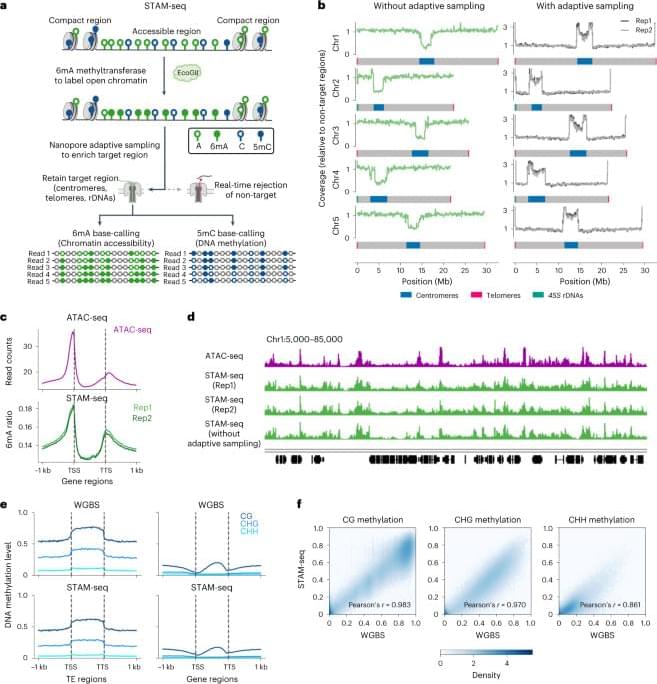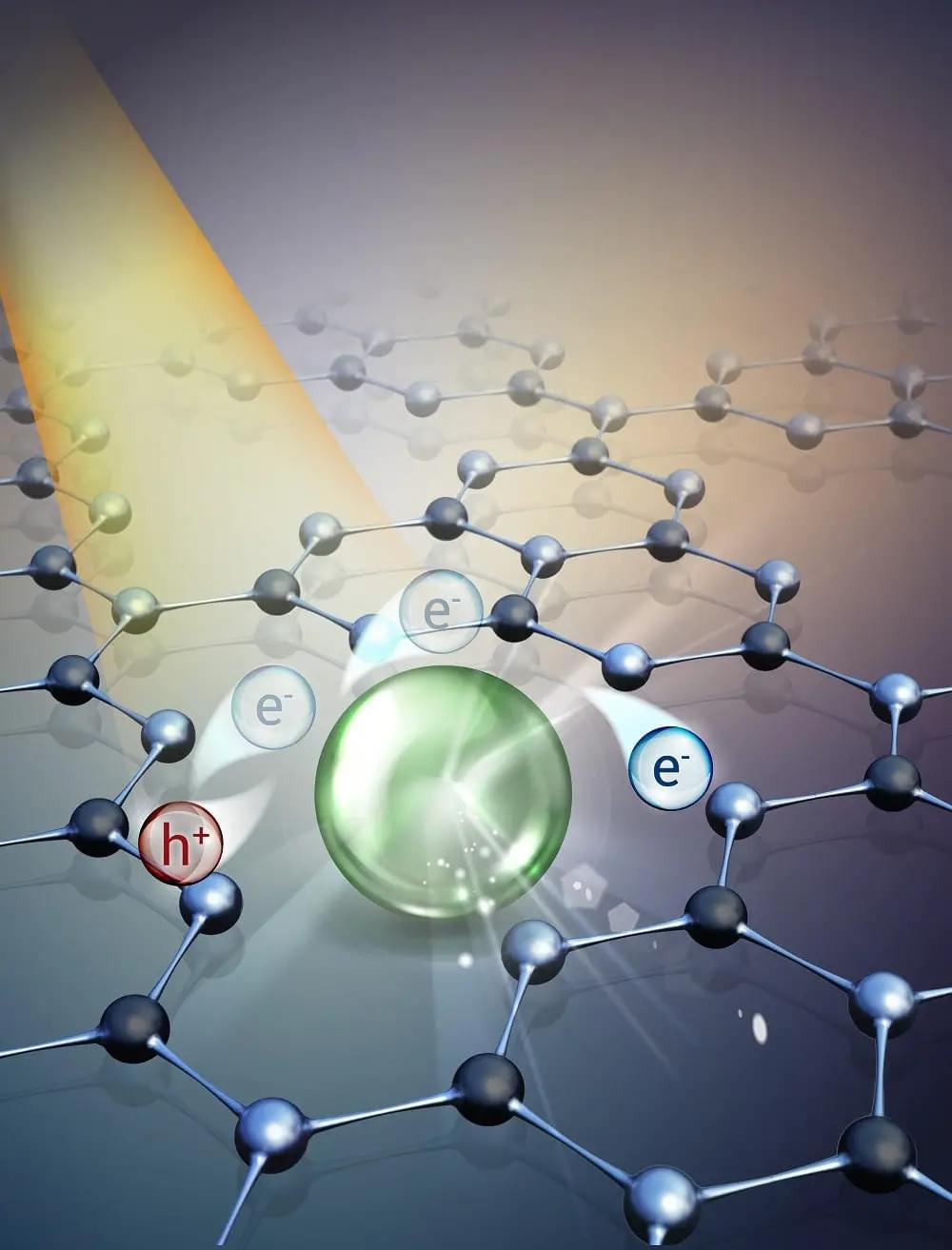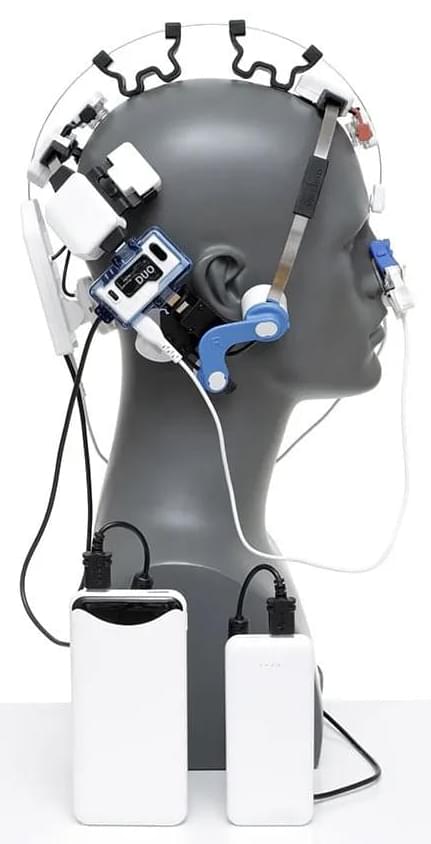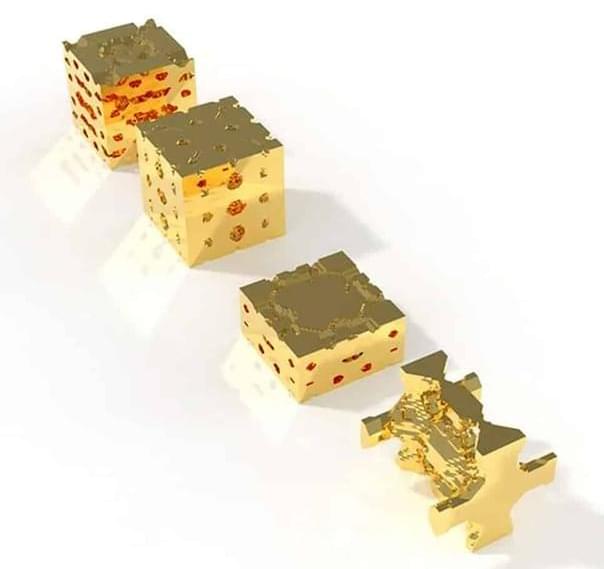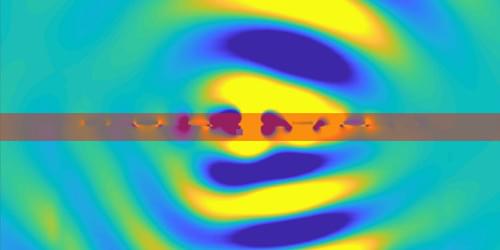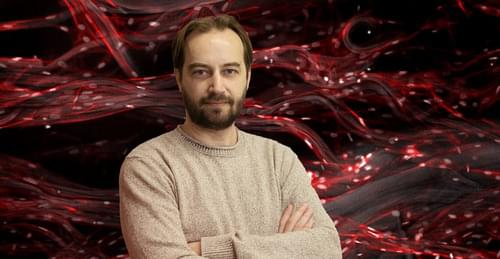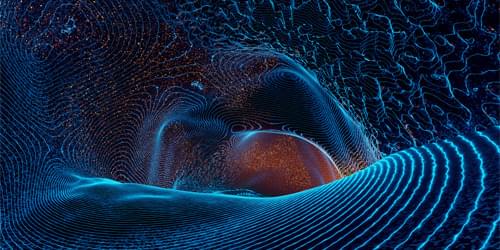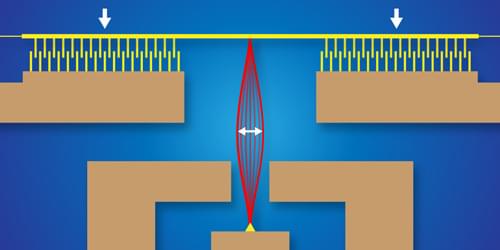This post is also available in:  עברית (Hebrew)
עברית (Hebrew)
A new study reveals that artificial intelligence models can actually have varying political opinions. Researchers from Washington, Carnegie Mellon, and Xi’an Jiaotong universities worked with 14 large language models (LLMs) and discovered that they all had different political opinions and biases.
According to Interesting Engineering, the researchers presented the language models with 62 politically sensitive statements and asked them to agree or disagree. The answers were then used to create a political compass that measures the degree of social and economic liberalism or conservatism.

